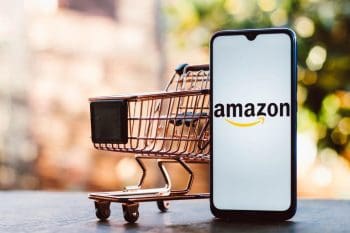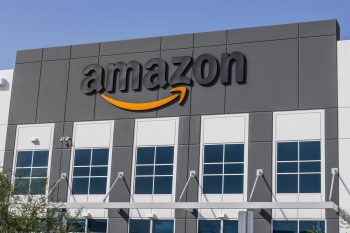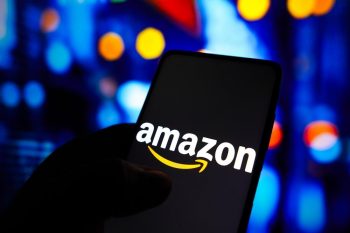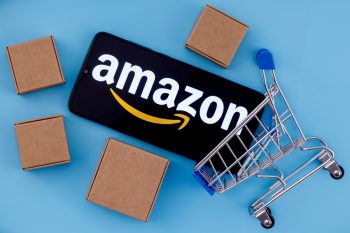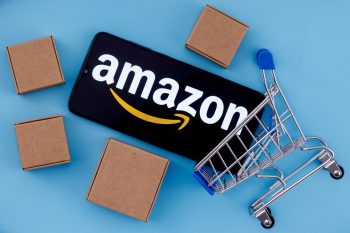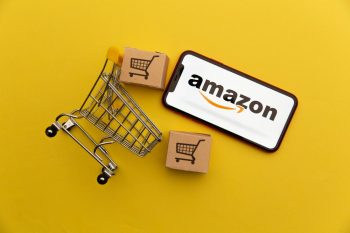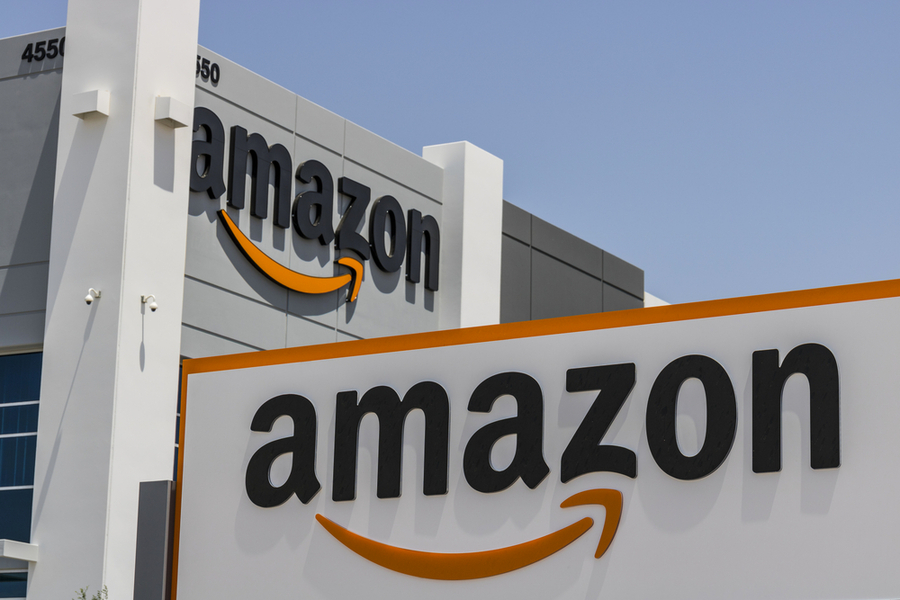
In this modern digitalized world where setting up a successful business is like a needle in a haystack, Amazon offers you the most lucrative yet convenient opportunities.
So, why not take a shot at wholesaling?
Amazon wholesaling purchases goods in bulk and then sells them at a killing profit margin.
You could hit it big online if you dig down the back-end approaches and use the right marketing tactics.
To upgrade your Amazon wholesaling, you can try the following:
- Product sourcing tools like Jungle Scout.
- Amazon’s best product categories.
- Amazon’s Ads.
This write-up includes all the nitty-gritty, from creating an account to hunting the right products, managing the inventory, and everything inclusive. So, let’s plunge right into it.
How Does the Amazon Wholesaling Model Work?
Here are five simple steps to help you kick-start worthwhile wholesaling right off the bat.
1. Creating an Amazon Seller Account
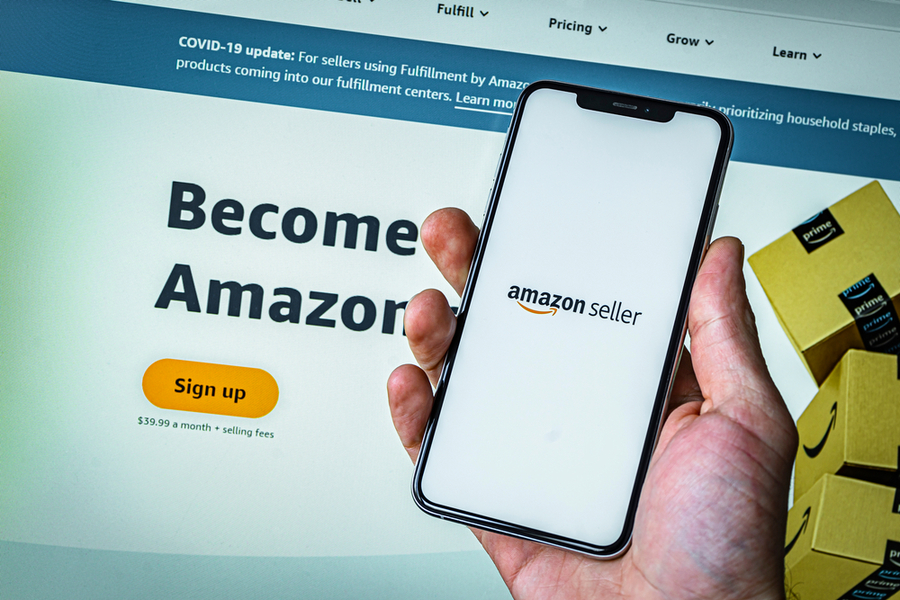
Creating and registering your amazon seller account is the first step toward your wholesale venture. All you are required to have is your Government identification, tax information, and a credit card.
As a wholesaler, you must register for a professional account instead of an individual seller account.
The professional account will give you the privilege of saving money, winning the buy box, premium inventory tools, comprehensive order reports, and much more.
2. Hunting and Securing Right Products
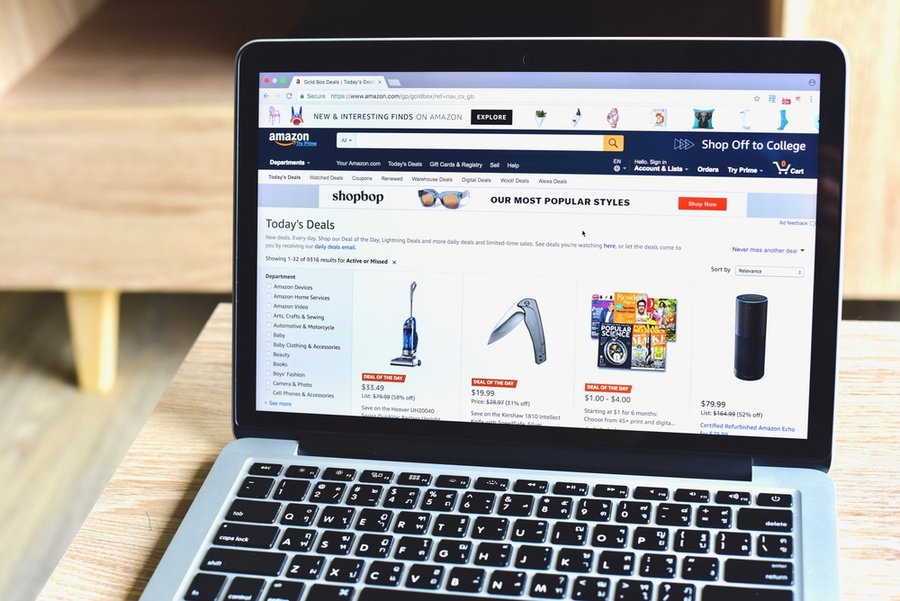
Once you have registered the account, the next stage is to figure out some agile items that sell like hotcakes.
To get the most out of it, Amazon’s best product-selling categories and product-sourcing tools are available in the market. However, here are a few things that you must keep in account:
- Choose products with high demand and low competition.
- Count on goods with sustainable profitability.
- Always secure easy-to-ship products.
- Set the product price wisely.
- Avoid seasonal and trendy goods in the long run.
3. Finding a Reliable Supplier
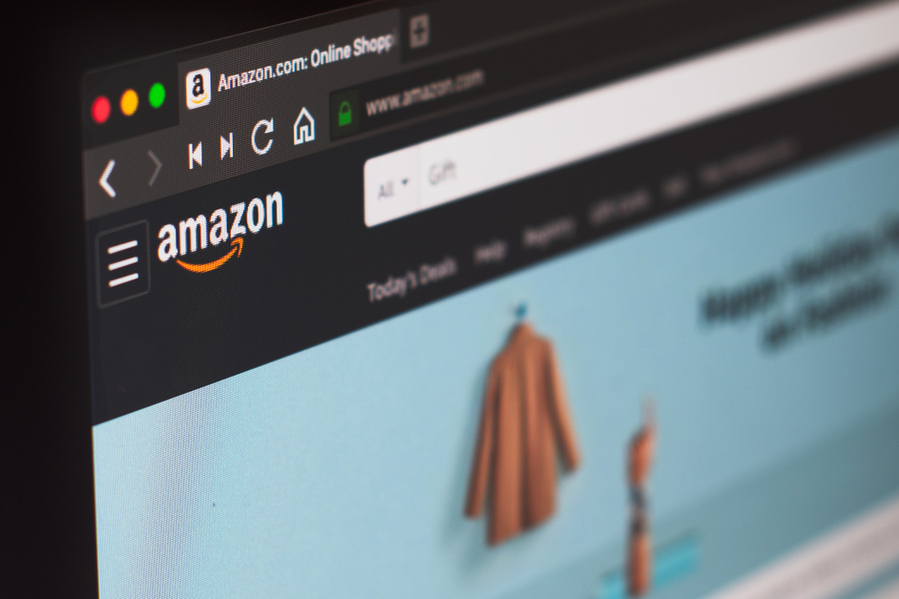
Once you have the best items on the list, the third step is keeping a hawk’s eye for a trustworthy vendor to buy your interested items at the most economical price.
Attending the trading show is a way to reach out to your potential merchant and nurture your relationship with widely reputed brands.
Finally, add the product details and start listing them on Amazon so customers can find them in search results.
4. Managing Orders and Inventory
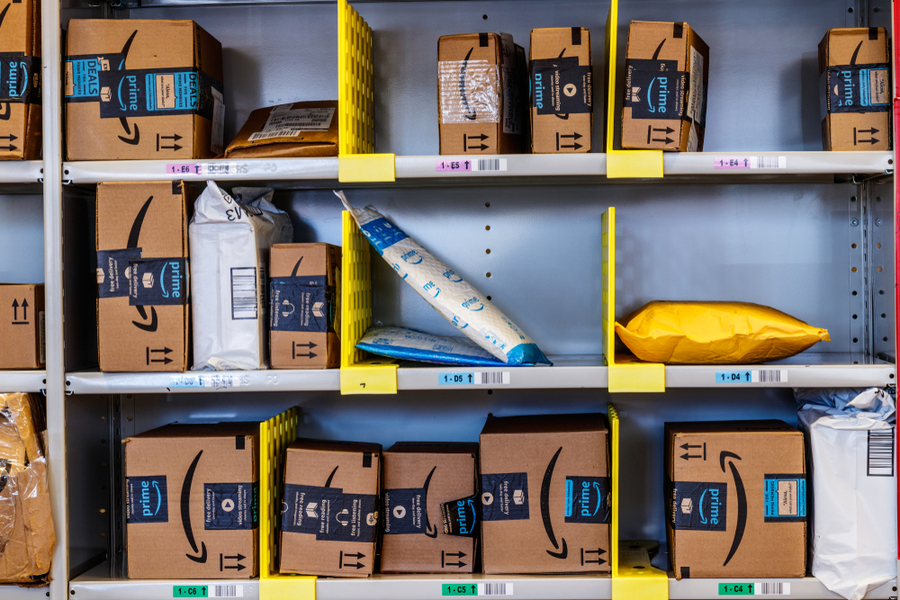
For inventory and order handling, you can either partner with Amazon’s FBA (Fulfillment by Amazon) or FBM (Fulfillment by Merchant) program.
FBA is well-founded since Amazon is responsible for promoting and shipping goods while you sit back and relax.
On the flip side, FBM doesn’t offer such facilities. Instead, you have to keep track of stock and shipments yourself, which is time-consuming.
5. Obtaining a Wholesale License

Lastly, you need to acquire a wholesale license to legally resell the goods across the globe and save yourself from tax exemptions. Now, you are all set to hit the jackpot.
How is Wholesale Better Than Other Amazon Business Models?
Amazon offers you various trading options. Here’s how wholesaling is a great deal to establishing your brand.
1. Private Label vs. Wholesale
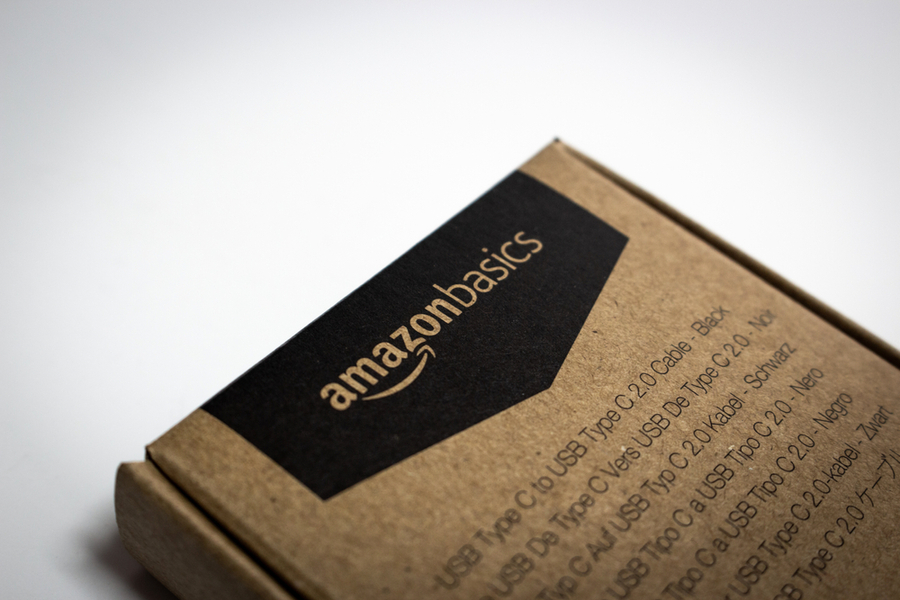
Private label is about selling your uniquely manufactured products as a brand; however, wholesaling entails reselling already sought-after products on Amazon.
Wholesaling provides an edge over marketing risks, new product listing, and less investment than private labeling.
Additionally, you can estimate 57% profitability within three months with a wholesale model where private label sellers take six months to reach a good profitability scale.
2. Dropshipping vs. Wholesale
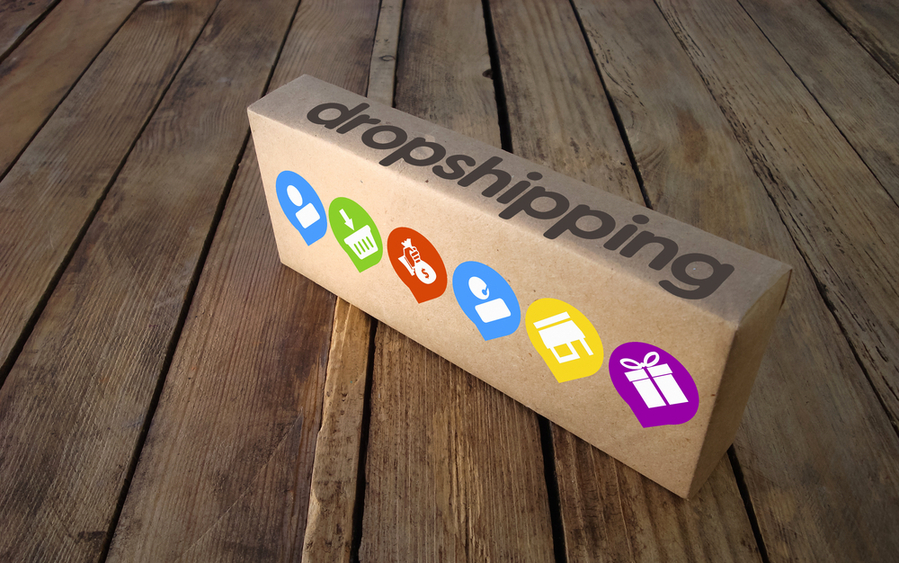
In dropshipping, you are at the mercy of third-party vendors with no control over the supply chain, a low conversion rate, and 20% profit margin metrics.
However, the wholesale model allows you to address inventory, order fulfillment, and successful product shipment action.
3. Retail Arbitrage vs. Wholesale
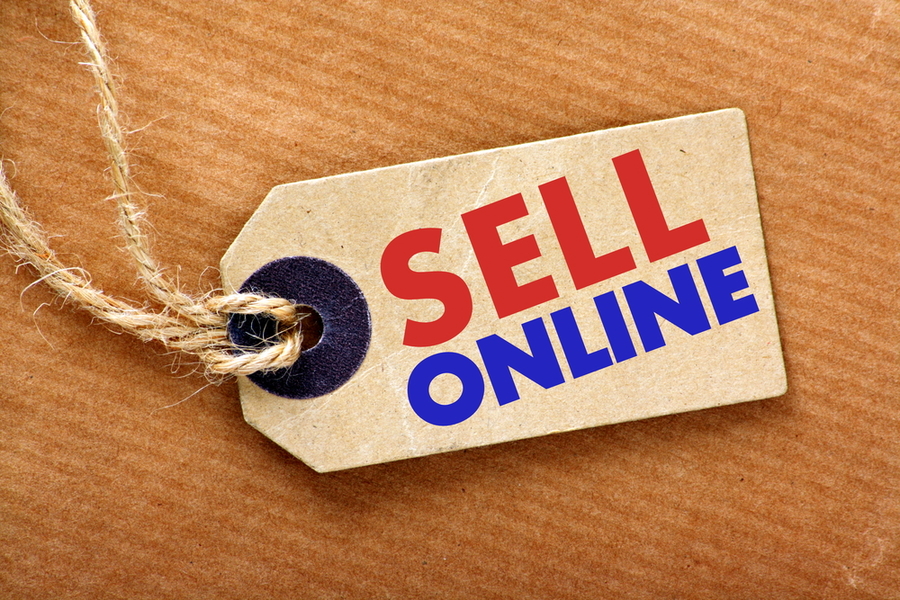
The arbitrage model relies on purchasing branded products at discounted rates from any liquidation stores or websites and reselling them on Amazon.
The pitfall of arbitrage hierarchy is that it takes a great deal of time, comes with a low success rate, and has product restriction strains.
Therefore, wholesale is much faster, simpler, and easier to expand into global merchandise.
How To Hand-Pick the Best Amazon-Selling Products
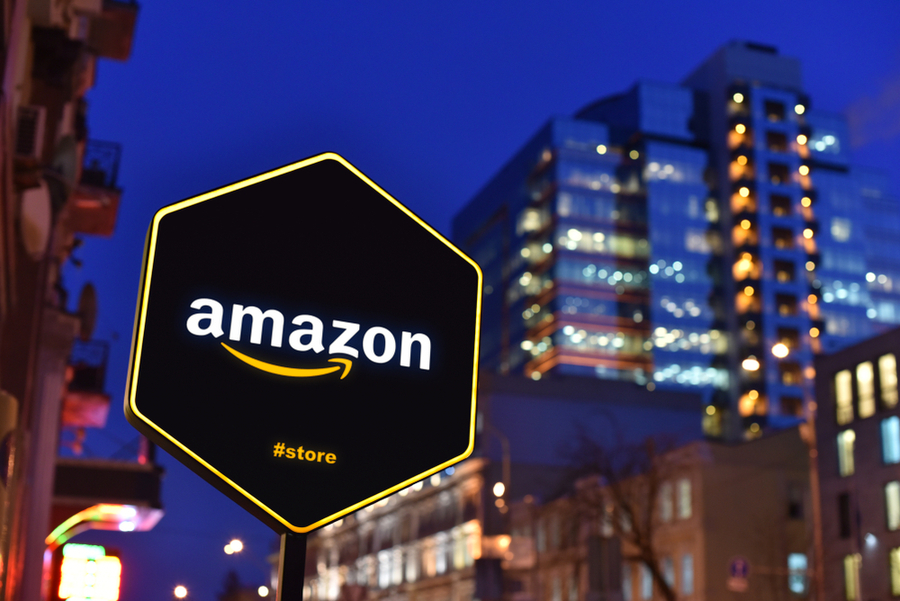
The secret to snowball rolling e-commerce shop lies in choosing the right goods; otherwise, all your investments will go straight down the drain. So, here are some pointers:
- Try to locate the products with 10 to 30 sales per month in your specific category.
- Select the goods which cost at least 10 dollars or more.
- Products with minimal sellers on the listing are good to go for sale.
- Don’t sell products that are a part of private labels or Amazon labels.
- Take advantage of tools like Jungle Scout, Feedback Genius, AMZ Tracker, etc., to stay on top of the competition.
- To limit the competition, you should compete with a maximum of two to three sellers on the list, especially if you’re a starter.
- You can also turn to Amazon Ads to crank-up engagements and brand awareness.
- Execute SEO optimization to promote your products quickly.
Profitable Product Categories for Wholesaling

We have compiled a list of some top-level categories to boost your earnings and cut-throat the competitors as wholesalers.
This includes baby items, skincare products, beauty, clothing, sports, handy electronic devices, books, and kitchen/ grocery products.
Expensive jewelry, precious gems, automotive, and other heavy-weight goods are restricted, so bear that in mind while selecting your items.
Advantages of the Wholesale Model

Here are a few key benefits of working as a wholesaler on Amazon:
- Quick to establish your brand.
- A relatively low-risk factor is involved.
- Pre-existing loyal customers.
- Smooth and steady process of the supply chain.
- Scalability is rapid and easy.
Drawbacks of the Wholesale Model

Despite all the highs of a wholesaling model, it has some lows as well:
- Heavy upfront payments.
- Fierce competition.
- Difficulty in wholesale account approval.
- Long-drawn-out product research.
- Stock is required in bulk.
Takeaway
In essence, Amazon’s wholesaling model is a no-brainer.
All you have to do is set up a seller account, locate viable products, connect with highly trusted brands, and launch your products at brilliant profit margins.
With this, you’re ready to start-off high-income trading.

